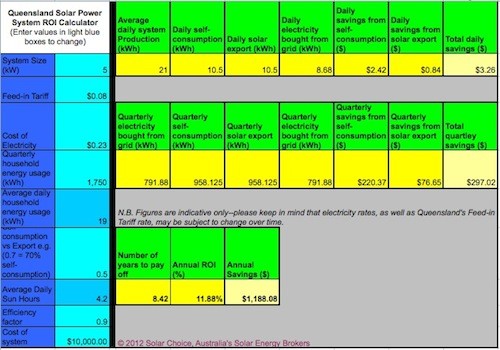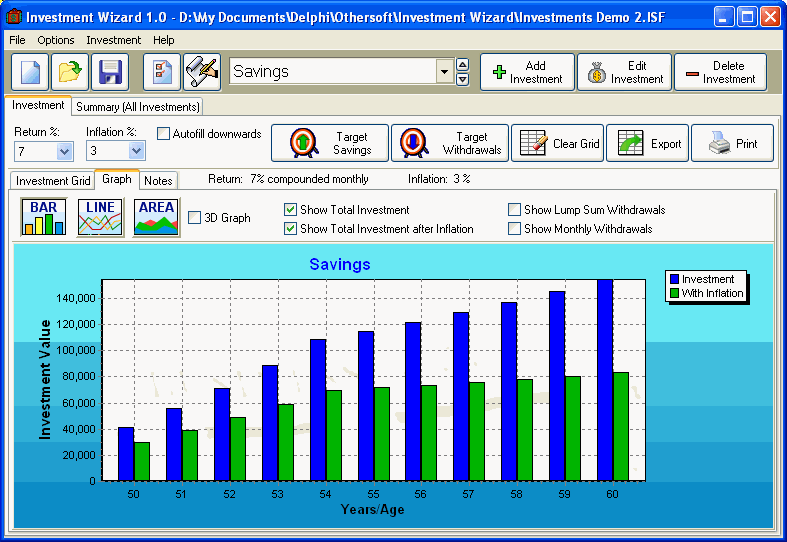How to Calculate Returns on Investments With Inflation
Post on: 16 Март, 2015 No Comment

Compare your investment returns with the effect of rising prices.
Compound returns chart image by Gramper from Fotolia.com
More Articles
When you analyze your investment returns, it is important to consider the effects of inflation, which is the increase in the prices of goods and services over time. During periods of inflation, your moneys purchasing power decreases a dollar will buy less in the future than it can today. Inflation is typically measured by changes in the U.S. Consumer Price Index, or CPI, which tracks prices of everyday items. You can calculate an investments return and adjust it for inflation to determine its real growth relative to rising prices.
Step 1
Determine an investments price at the beginning and end of the desired period. Determine the amount of dividends or interest you received during the same period. For example, assume you bought stock for $10,000, sold it one year later for $11,000 and received $400 of dividends during the year.
Step 2
Substitute the figures into the following formula: [(ending price — beginning price + dividends) / beginning price] x 100. In this example, the formula would be [($11,000 — $10,000 + $400) / $10,000] x 100.
Step 3
Calculate the formula to determine your return as a percentage. In this example, calculate the numbers in the numerator to get $1,400. Divide $1,400 by $10,000 to get 0.14. Multiply 0.14 by 100 to get a 14 percent return.
Step 4
Pull up the Consumer Price Index History Table at the Bureau of Labor Statistics website (see Resources). Find the CPI figures for the beginning and ending months of your return period. In this example, assume the CPI was 300 and 309 at the beginning and end of your return period, respectively.
Step 5

Substitute the CPI numbers into the following formula: [(ending CPI — beginning CPI) / beginning CPI] x 100. In this example, the formula would be [(309 — 300) / 300] x 100.
Step 6
Calculate the formula to determine the rate of inflation over your return period. In this example, calculate the formula to get 3 percent inflation during the year.
Step 7
Substitute your return and annual inflation rate as decimals into the following formula: [((1 + return) / (1 + inflation)) — 1] x 100. Continuing the example, the formula would be [((1 + 0.14) / (1 + 0.03)) — 1] x 100.
Calculate the numbers in parentheses. In this example, add 1 to 0.14 to get 1.14. Add 1 to 0.03 to get 1.03. Divide 1.14 by 1.03 to get 1.107. This leaves (1.107 — 1) x 100.
Calculate the remaining numbers to determine your inflation-adjusted return as a percentage, which is also known as the real return. Concluding the example, subtract 1 from 1.107 and multiply by 100 to get a 10.7 percent real return. This means that, although your investment grew 14 percent during the year, it is worth only 10.7 percent more relative to inflation.














